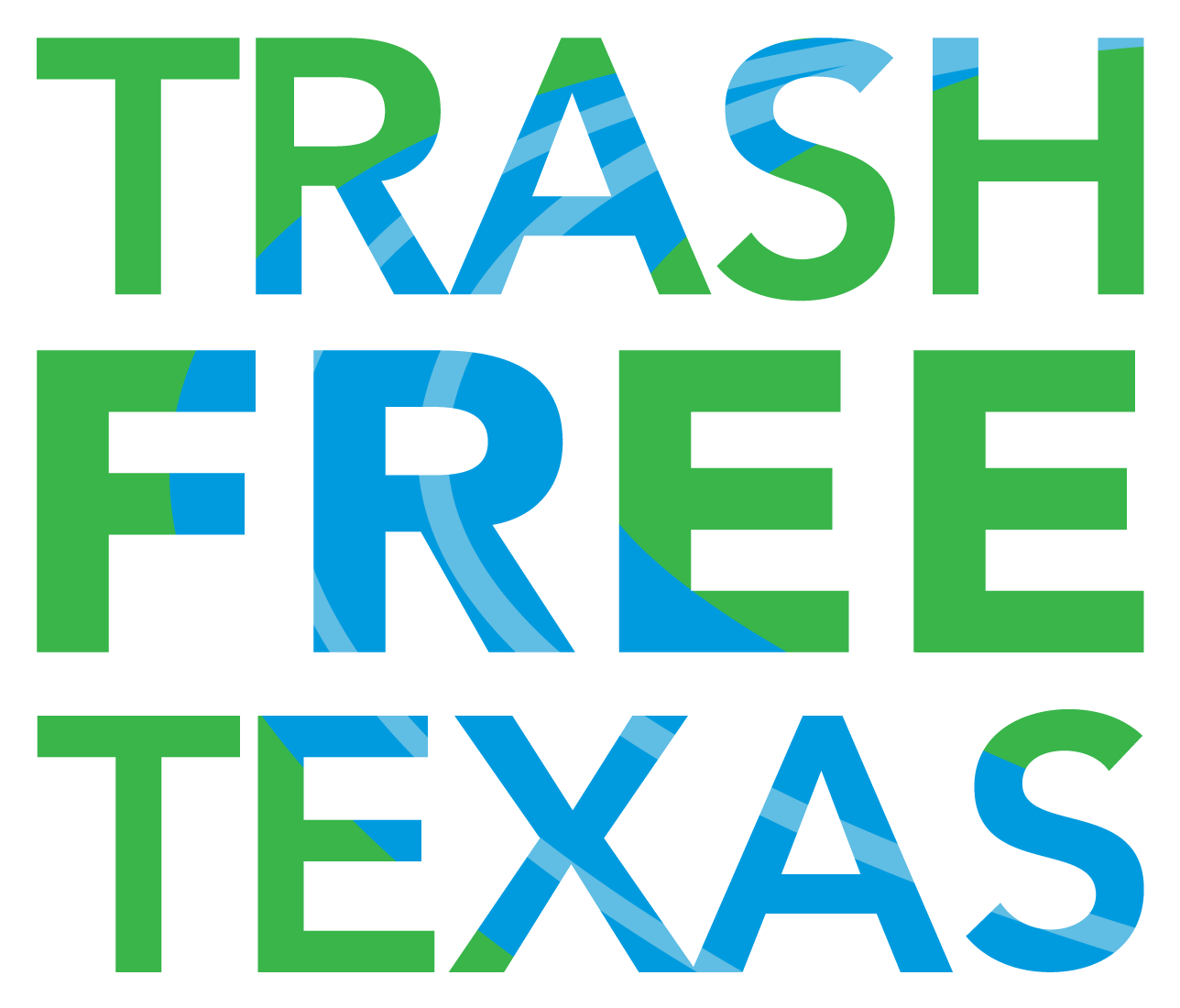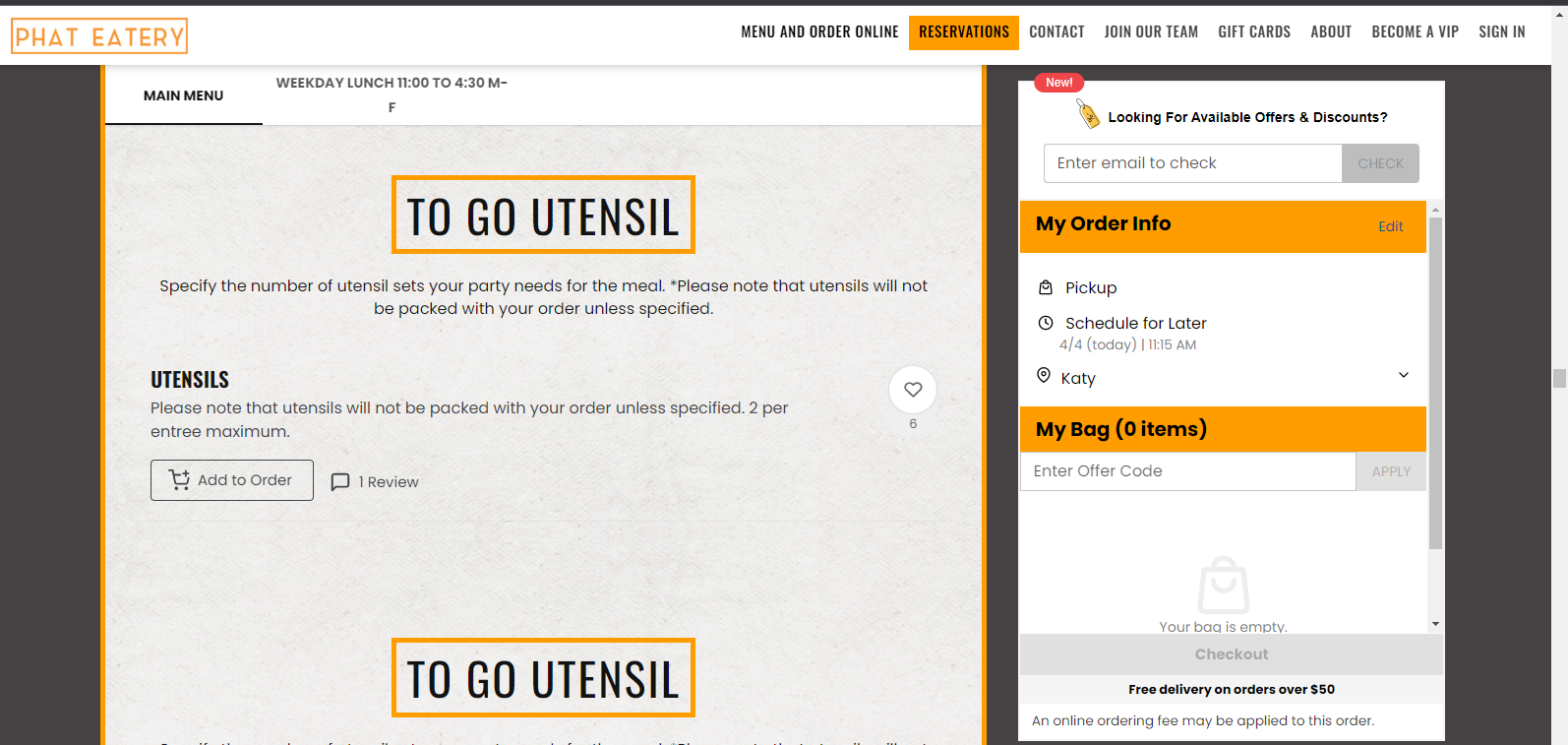RESTAURANT PROGRAM TOOLKIT
Single-use plastics are items commonly used in our daily life that are made to be cheap and disposable, and are rarely used more than once before becoming trash. Unfortunately, in addition to becoming trash, many single-use plastic items like plastic utensils or water bottles also become litter in our communities and our waterways. For items like plastic utensils and straws, one common source is the restaurant industry and customer habits as they dine-in or carry-out. While single-use plastics are often thought of as inexpensive and a must-have for restaurant patrons, they actually have a cost to both the environment and the restaurants themselves. In many cases, reducing single-use plastics in restaurants is just a matter of breaking the habit of using them, and breaking that habit can both reduce the litter in our communities and the cost for restaurants. The Single-Use Plastic Reduction Toolkits provide information and resources on how to begin breaking the plastic habit.
These two toolkits are geared to two audiences: 1) Communities who are looking to implement a certification program; and 2) Restaurants who are looking for ideas or already-established measures for reducing the use of single-use plastics and how to market their implementation to patrons. Whether you are looking to reduce the use of single-use plastics on an individual restaurant level or as a community-wide initiative, both toolkits can be used by either audience. These toolkits contain information on strategies for implementing a restaurant certification program, cost-saving and plastic-reducing measures in restaurants, and templates of resources that could be used to promote or implement these strategies.
The toolkits and resources are currently drafts, and communities and restaurants are encourage to pilot them and provide feedback on the materials as well as the plastic reduction or cost savings resulting from the new programs or strategies.
*Please be aware that the drop-down menus below will automatically collapse after a selection is made. To avoid collapsing, right click on a link within the drop-down and select “Open in a new tab (or window).”
TOOLKIT FOR COMMUNITIES
This toolkit was created to serve as a guide and resource for communities who are interested in collaborating with restaurants and restaurant patrons on a certification or recognition program for restaurants to voluntarily reduce the use of single-use plastic. For the purposes of this toolkit, single-use plastic refers mainly to plastic straws and plastic utensils but can include more items if the community chooses. For cities that want to encourage single-use plastic reduction in their community and promote the local restaurants that are working toward this goal, certification or recognition programs can be an effective strategy. A community-run restaurant certification program adds a level of community engagement and support, and allows each community to determine what strategies, levels, and benefits would be best for them.
This toolkit does not dictate the type of certification or recognition program that a community creates. It merely provides resources and templates for a community to use when creating such a program, while also connecting the messaging to the Trash Free Texas website, where communities may already have adoptable litter clean-up sites on the Trash Free Texas map. To that end, this toolkit also includes templates that can be modified, as needed, based on your community’s particular needs when creating a community-run single-use plastic reduction program. The templates have various effort levels of participation for restaurants, which helps with initial implementation of the program while simultaneously setting goals as well. Most importantly, in recognition of the importance of input and support needed from all parties involved in such an effort as to reduce the use of single-use plastic, the Trash Free Texas team gathered input from communities, restauranteurs, and consumers in the development of this toolkit.
The Trash Free Texas team recognizes that implementing these strategies will not be easy and there will be challenges, but the rewards of committing to the measures in the long-term will show in cost-savings to restaurants, appreciation and support by customers, and a reduction in trash and litter. Perfection isn’t the immediate goal, but a willingness to try and learn lessons along the way is.
The Trash Free Texas Restaurant Program is a term used to help the Trash Free Texas team identify the toolkit for reporting and discussion purposes. Communities who develop programs with these resources can choose to use this name or come up with their own name. Some communities may want to incorporate the components of this toolkit into pre-existing sustainability programs as well.
TOOLKIT FOR RESTAURANTS
This toolkit was created for restaurants who are seeking information on strategies to reduce the use of single-use plastics. This toolkit also includes resources for promoting these strategies to patrons, an equally important component of implementation. For the purposes of this toolkit, single-use plastics refers mainly to plastic straws and plastic utensils. However, some restaurants may want to reduce even more types of single-use plastics over time and after the initial practices become more established.
Users of this toolkit are welcome to use the included resources for promoting the strategies. They can be used, as is, or as a template for your own ideas. The Trash Free Texas team hopes that this toolkit will help you take the first step toward reducing the use of single-use practices at your restaurant. Implementing these strategies will require changes to staff training and regular routines, and with those changes, there will likely be some stumbling blocks along the path. But, if you stick to it and learn lessons along the way, these strategies are expected to result in lower costs for restaurants, and overall, good publicity as well.
The Trash Free Texas Restaurant Program is a term used to help the Trash Free Texas team identify the toolkit for reporting and discussion purposes. Restaurants who wish to implement these strategies or ideas, and communities as well, can choose to use this name or come up with their own name.
The North Central Texas Council of Governments received funding from the United States Environmental Protection Agency to develop this toolkit, which was completed through a partnership with the Houston-Galveston Area Council and Texas State University.


